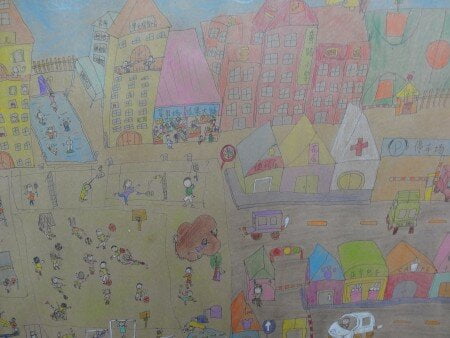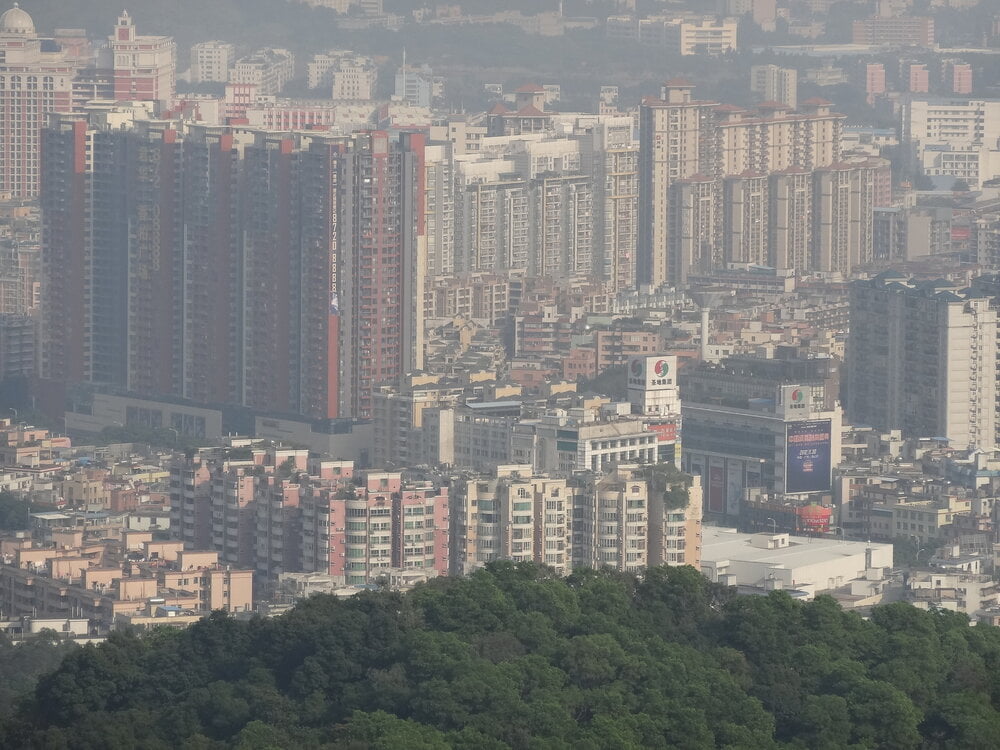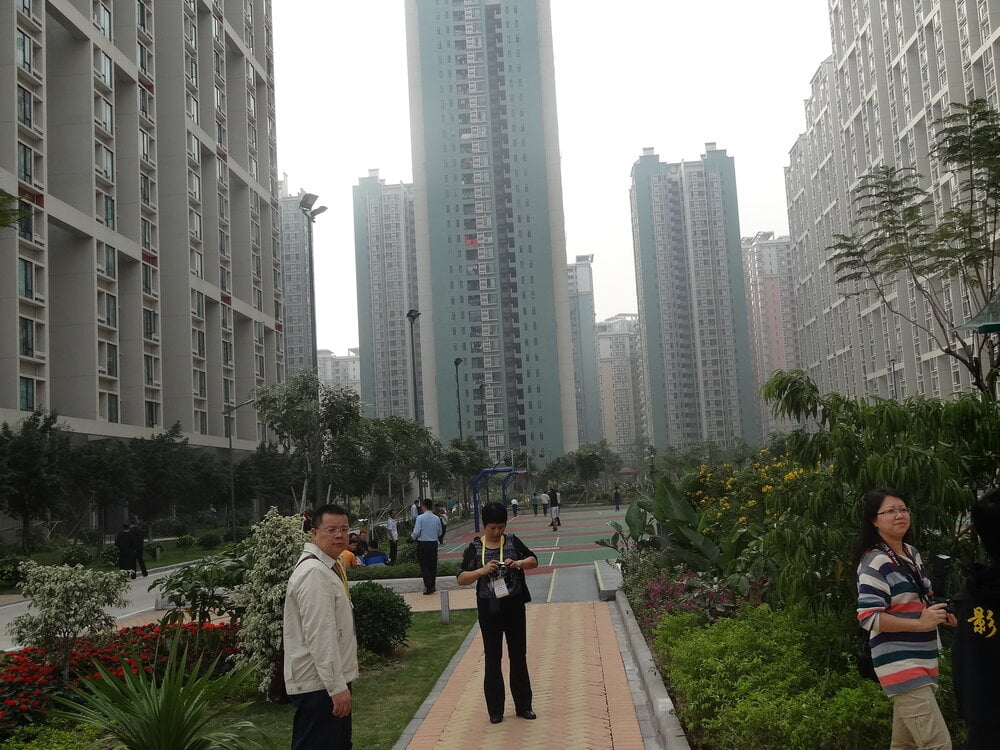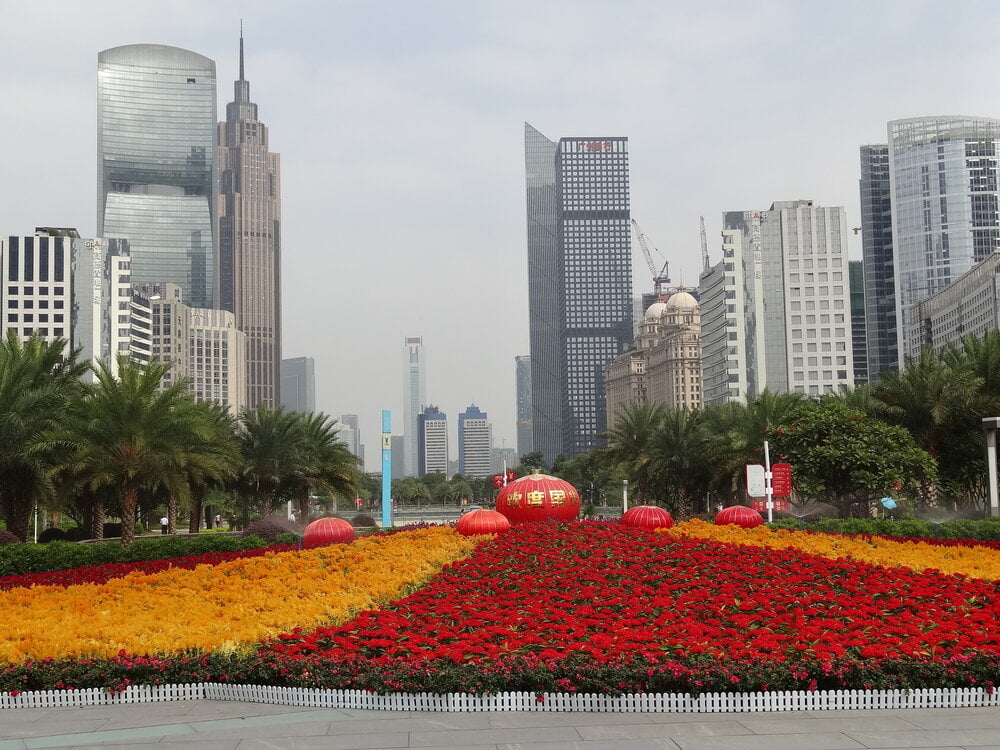By Jeremy Smith
With China’s credit crunch hitting the financial headlines today, it is a good time to look at some of the issues and concerns that are really driving China’s political leadership. Right at the top is that of urbanization, in all its aspects and complexity. It is at once an economic, social, demographic and political issue. The scale of the challenge is almost unimaginable to non-Chinese, and awe-inspiring to those of us who have at least had a modest first-hand introduction to the subject. See here for a recent piece in the New York Times on the subject. And this from a recent Nomura note, cited in Financial Times Alphaville (20th June), see here (and also here):
“The State Council held a meeting on 19 June to discuss credit policies. Premier Li indicated that the government should provide more credit to high-end manufacturing industries and strategically important new industries and restrict further lending to industries that face severe overcapacity problems. He did not mention the liquidity problem at the meeting, but reiterated the importance of containing financial risks.”
In brief, the issue facing the Chinese leadership is – how do you set about delivering a process of moving 300 million or more people, roughly the size of the US population, from rural to urban areas over the next 20-30 years? At the same time as transforming the economy, directing investment to the future-oriented sector, and doubling living standards? Whilst maintaining political stability?
Around the turn of this year, I was invited to do some English language editing of a series of articles by senior Chinese political and academic figures. They were contributions to a seminar for cadres at provincial and ministerial level on promoting urbanization, organised by the Central Organization Department, Chinese Academy of Governance, and the National Development and Reform Commission on September 7, 2012.
One of the articles was by Li Keqiang, who is now China’s Premier, and another was by Ma Kai, now one of four Vice-Premiers. Their contributions are attached here
Li Keqiang China urbanization speech
and here
Ma Kai article on urbanization .
I must point out that I do not read Mandarin, so my work is based on a translation by a Chinese colleague, and my version should not be treated as being formally approved. Nor are the articles an easy read, at least in my English! However, we felt it would be of interest for readers to access the perspectives of two of China’s current leaders, set out in some detail, on one of the country’s paramount issues.
You will note the importance of increasing ‘urban registration’ under the Chinese system, since this determines also what public services you can access. And also note the emphasis on affordable housing and limiting increases in house prices…my own view is that the recent housing price bubble is of greater concern to the new Chinese leadership than is generally realised in the west, and is one cause of the very recent attempt to limit liquidity in the banking and shadow banking system.
Other points include the fear of creating what are seen as Latin American-style slum cities, and the need to target investment towards the “modern” industries, and in particular to increase the scale of the service sector, stuck at a lowly 43%, and with it domestic consumption.
Here are some extracts from Premier Li’s article. :
- China is still a developing country, and an important reason for this is that China’s urbanization rate is still relatively low (50% in 2011). In developed countries that have achieved modernization, on the other hand, the level of urbanization is typically 75-80% and sometimes higher
- Some Latin American countries possess a high level of urbanization, up to 80% in some cases, but are still not considered developed countries. This is mainly because they have a dual, or divided, urban structure, which makes it difficult to resolve industrial and employment problems, and has led to a large number of slums. As a result, they have fallen into the “middle income trap.”
- China’s per capita GDP currently stands at more than US$5,000, which means, according to the World Bank’s classifications, that it is already a middle-income country. Some people believe that China is also falling into the “middle-income trap.” But China’s situation is unique.
- The total number of people from countries that have so far achieved modernization amounts to several hundred million, but there is no precedent for a huge country like ours, with a population of more than one billion, achieving modernization. It is even more unprecedented in the history of modernization for a country to sustain approximately 20% of the world’s population whilst having only 9% of the world’s farmland.
- For a country to become a high-income one, it must have a per capita income greater than $10,000. In order to achieve this goal, it is necessary to coordinate the processes of industrialization, urbanization, and agricultural modernization. Industrialization must be given primary importance, as it is the driving force behind development. Agricultural modernization provides an important foundation and is at the root of development. Urbanization plays an indispensable role because it helps promote coordinated agricultural and urban development, and can effectively raise both agricultural labor productivity and also the incomes of urban residents.
- In 2011, China’s level of urbanization of population, including the resident population of people who have lived in cities for more than six months, exceeded 50% for the first time. According to official statistics on the urban population, however, the actual urbanization rate [as measured by registered permanent households] is only approximately 35%. This shows that China’s actual urbanization rate is still very low.
- Many comrades have pointed out that the core of urbanization is the ‘urbanization of people’, and that we need to actively consider accelerating the process by which rural migrant workers are made into fully-fledged urban residents.
- Given that the level of urbanization measured in terms of the population of registered permanent households is far lower than the level of urbanization as measured by the actual resident population, even more time will be needed to achieve full urbanization. The real level of urbanization should be measured by the population of registered permanent households, which will ultimately ensure that access to basic public services is fair and equal. This is a long-term process with great potential in which China has vast room to grow.
- At present, more than 10 million rural residents – the equivalent of the population of a medium-sized European country – move to the city each year in China. It is expected that in the medium- to long-term, China’s urban population will increase by approximately 300 million, which is the equivalent of the entire population of the United States.
- The scale and potential of urbanization in China is unprecedented in the history of world development. We must be aware of the long-term, strategic, and epochal nature of China’s urbanization, and continue to open up new spaces for economic and social development.
- The urbanization process is in effect the process of rural residents becoming urban residents. This involves the transformation of consumer attitudes and the upgrading of the structure and patterns of consumption, which will in turn unleash a huge amount of consumption potential. The per capita income of China’s urban residents is currently 3.1 times higher than that of their rural counterparts, and per capita consumption is similarly 3.1 times higher. As such, the income and consumption of every rural resident who becomes an urban resident increases on average more than 3 times.
Affordable housing development, Guangzhou
- In recent years we have curbed excessive increases in house prices and promoted the large-scale construction of affordable housing, which is both a practical need to ensure and improve people’s well-being, and also necessary to ensure that the processes of industrialization and urbanization are not hindered. At present, around 50% of the work associated with affordable housing projects involves redeveloping run-down areas in order to avoid the emergence of a dual urban structure. In reality, there are already signs of this in some cities, and we must not let this continue unchecked; otherwise a similar situation to that in Latin America could develop. We must pay a great deal of attention to the issue of redeveloping run-down areas.
- Some full-time workers in old enterprises and people who work in cities but come from outside, including rural migrant workers, experience living conditions in cities which fall below even basic standards, and fail to provide a basic environment to meet their developmental needs. This restricts progress in industrialization, urbanization, and modernization.
- While promoting urbanization, we must lay equal stress on co-developing both cities and industry, combining urbanization with adjustments to the industrial structure, fostering emerging industries, developing the service sector, and promoting employment and entrepreneurialism.
- In the process of promoting urbanization, we must take a broader international perspective, adapt to new global trends in science and technology, accelerate the development of strategic emerging industries, and seize the high ground in international competition.
- At the same time, we must be aware that China’s traditional industries have considerable competitive advantages internationally, and that we should pay attention to upgrading these traditional industries.
- As the industrial structure has been enhanced and upgraded and become increasingly automated and information-based, there has been a corresponding decrease in employment.
Working moments in the new cultural industries
- Although the service sector, due to its fundamental character, is capable of becoming much more information-based, it is nonetheless also capable of greatly increasing employment, by virtue of its highly personalized requirements, and also due its huge diversity and ample space for development.
Visitors to the Red Tory cultural complex, old tin factory, Guangzhou
- The path taken by developed countries shows that the service sector is the largest generator of urban employment, with the service sector accounting for more than 70-80% of output value and of employment. In China, the service sector currently accounts for 43% of value added and employs 36% of the workforce.
- Developed countries in Europe and the US, for example, spend the equivalent of 10% and 17.6% of GDP respectively on health services. In China, spending on healthcare is on average equivalent to 5% of GDP.
- The potential for development is therefore huge. It must also be noted that China is currently home to 170 million elderly people and has an aging population, so services for older people and health services are industries with huge amounts of employment capacity. In order to fully unlock this enormous potential for development, we therefore need to promote urbanization and the creation of a flourishing service sector in a combined and coherent way.
- Unless China’s agricultural industry develops and rural areas and farmers prosper, it will be impossible for China’s towns and cities to develop and prosper. In human history, a number of countries have paid a heavy price for neglecting their agriculture, rural areas and farmers, in the course of industrialization and urbanization. As a result, agriculture and food security must not be sacrificed for the sake of industrialization and urbanization. We must always remember this.
- One of China’s basic national features is its lack of energy resources. This means that the development of urbanization in China must follow a path that is economical, intensive and low-carbon…By the time China’s level of urbanization reaches that of developed countries, we will have approximately one billion people living in cities. The question is, will our natural resources be able to sustain such a large urban population?
New business district, Guangzhou
- As urbanization continues and people’s living standards improve, greater and greater demands will be made regarding the urban environment and ecological quality. As the population moves toward the cities, urban water and air pollution will become more prominent problems. Other questions of overarching importance include: .. how to promote energy conservation and emissions reductions, and how to promote green living and consumption patterns among urban residents while moving forward with urbanization.
Another child’s urban vision, with football arena at its heart – Guangzhou, autumn 2012












